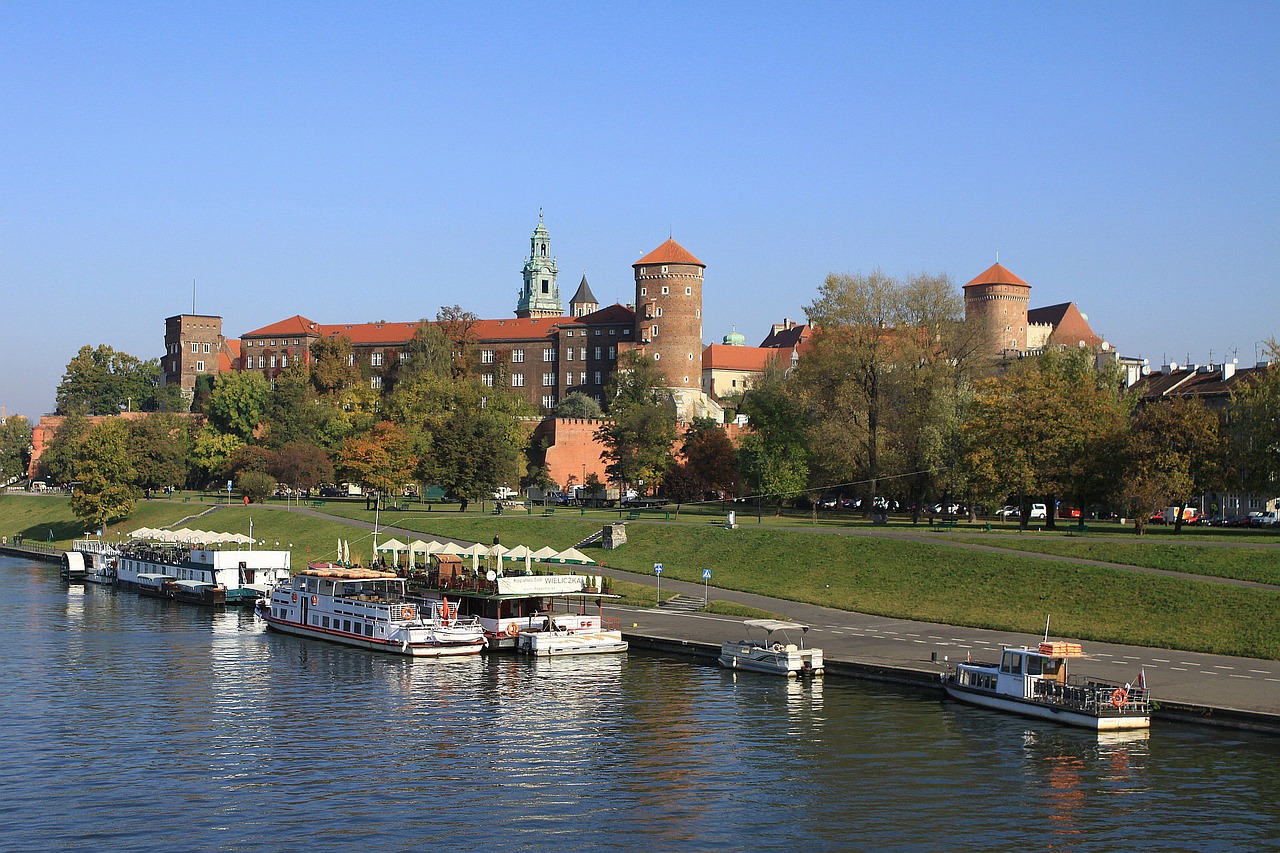The heroic peasant of Greater Poland, whose fight with the Prussian invader for the right to build a house on his own land made him famous throughout the country. He settled in Podgradowice near Rakoniewce, where in 1904 he bought a two-hectare plot with a pigsty and a barn. The Prussian Act of 1904 made the issuance of a permit for the construction of a new house dependent on the decisions of the Prussian local authorities. A Pole, especially a poor Pole, had no chance to get a positive decision. The peasant was also forbidden to live in a barn. He bought an old circus car and was not allowed to live in it. He was punished for installing a stove, and the cart was removed from the lot. His case became famous and he was defended by, for example, Lew Tolstoy, Henryk Sienkiewicz or Maria Konopnicka and others. The current car was given to another peasant who also refused. The public volunteered to buy back his car, but was removed again. Drzymała was constantly punished with fines and even imprisonment. Tired of fighting himself, he moved to Cegielsk, where he bought some land and lived in a dugout, then he was given a field of 15 ha. He was posthumously awarded the Officer’s Cross of the Order of the Reborn Poland, Podgradowice was named after him, and the car became a symbol of the Germanization policy of the Prussians. It was bought by the National Museum and transported to Krakow, and then displayed in front of the Barbican for public viewing. After some time, he was taken to Wawel and his fate ended there – it is not fully known how. It is said that it was burned down with banners by Hans Frank and sold by a conservator to a local carter. 1 board was left after him.
Suggested
Suggested contents and articles.
Suggested Contents
Novelist, social activist, born in Wola Okrzejska in Podlasie, died in Vevey, Switzerland. He studied law and historical sciences at the Main School in Warsaw. He collaborated with many magazines such as “Niwa”, “Word”, “Gazeta Polska” and others. During the war, he stayed in Switzerland. His novels such as “Quo
- Knowledge Base, People
- April 2, 2021
Rakowicki cemetery was established in 1802 in Rakowice, then a village outside Krakow, now almost its downtown. It is still the biggest cemetery in Krakow. The first person to be buried there was the citizen of Krakow Apolonia Bursikowa. Many important for Krakow people were buried there later: Józef Dietl,
- Knowledge Base, Places to visit
- March 30, 2021
Contents1 Wawel Castle history1.1 The pearl of Renaissance1.2 Wawel Castle sword2 Wawel Castle Cathedral3 Wawel Castle Dragon4 Wawel Castle tickets and opening hours5 Wawel Castle Map Wawel Castle is located on Wawel Hill in Krakow, ancient capital of Poland. Wawel Castle had been the residence of Polish kings for centuries
- Attractions
- October 5, 2016
Comments
All comments.
Comments

I would love to learn more about my family in Poland. Would love to see some pictures.